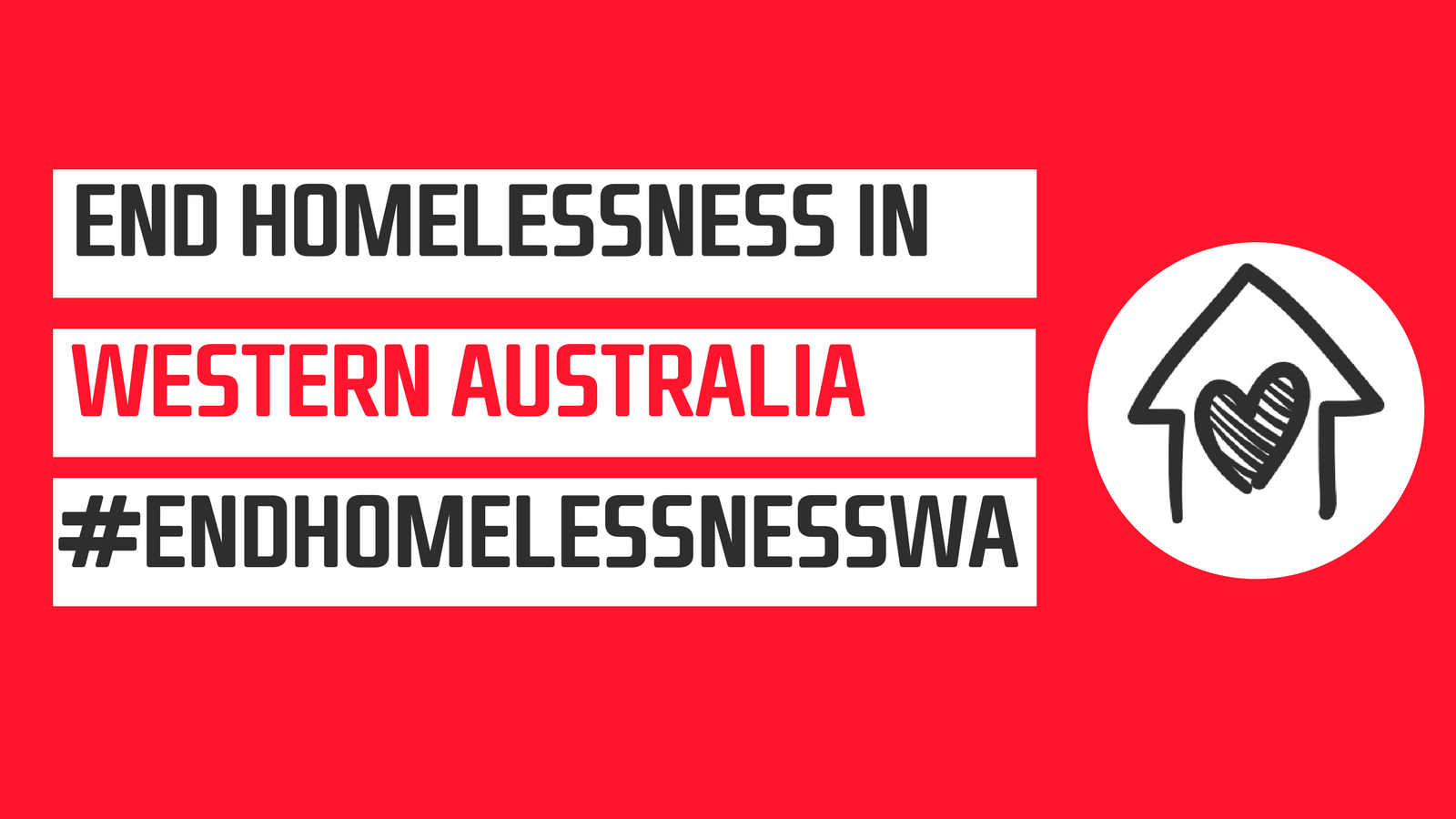Western Australian Alliance to End Homelessness Dashboard |

|
Addressing underlying drivers of homelessness in WA
Target 4
The underlying causes that result in people becoming homeless have been met head-on, resulting in a reduction by more than half in the inflow of people and families into homelessness in any one year
The causes of homelessness are complex, encompassing a broad range of individual and structural determinants, including housing availability and affordability, economic and employment opportunities (or lack thereof), physical and mental health outcomes, domestic and family violence, and social and community connections.
Alcohol and drug use
Indicators |
Most current values |
Trend over time |
|---|---|---|
Alcohol Consumption in Western Australia, people aged 14 years or older (2019)1 |
Never drunk – 17.7% |
Increasing |
Drink daily – 5.0% |
Decreasing |
|
Ex-drinker – 9.0% |
Decreasing |
|
Alcohol lifetime risk status, people aged 14 years or older (2019)1 |
Lifetime risk – 17.0% |
Decreasing |
Abstainers – 27.0% |
Increasing |
|
Low risk – 44.4% |
Stable |
|
Illicit Drug use (2019)1 |
Ever used – 43.0% |
Stable |
Used in last 12 months – 16.4% |
Stable |
|
|
|
||
There is a link between problematic alcohol and drug use and risk of homelessness. In addition to the detrimental health impact, substance abuse interacts with a range of other variables including financial stability and access to employment and training. Alcoholism is more prevalent among the homeless population than the general population, acting as both a driver into homelessness and a consequence of homelessness.
In Figure 4.20 there has been a particularly sharp increase from 2013 to 2016 in the percentage of Western Australians who have either ‘never drunk’ or are ‘ex-drinkers.’ Inversely, the percent of those who ‘drink daily’ has shown a gradual decline.
In the period between 2013 and 2016, there has been a positive growth in ‘abstainers’ and a slight fall in both ‘risky’ and ‘low risk’ (suggesting that some from the ‘low risk’ category have moved to ‘abstainers’ rather than shifted to ‘risky’ category). The AIHW has defined ‘risky’ drinking as consuming more than 2 standard drinks on average every day (Figure 4.21).
There is a strong link between problematic drug use and risk of homelessness. The rate of those that have used or continue to use an illicit drug in WA has remained relatively constant (Figure 4.23).
One third of Specialist Homelessness Services clients between the ages of 25-34 present with problematic drug or alcohol use (Figure 4.24).
